Home>Garden Essentials>When Does The Spring Greenery Come
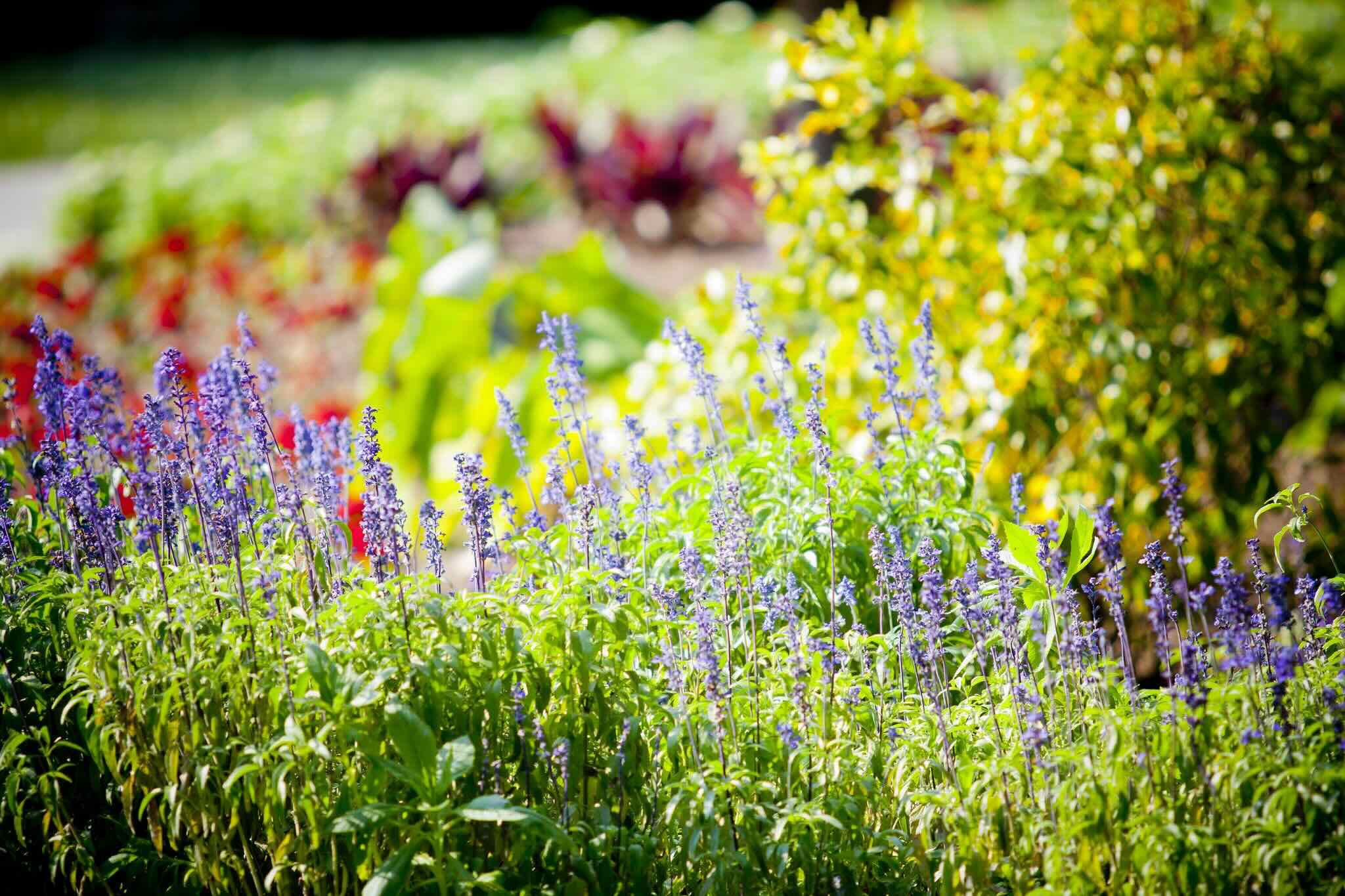

Garden Essentials
When Does The Spring Greenery Come
Modified: March 7, 2024
Discover the best time for the arrival of spring greenery in your garden. Find out when your garden will be transformed into a lush paradise with blooming flowers and vibrant foliage.
(Many of the links in this article redirect to a specific reviewed product. Your purchase of these products through affiliate links helps to generate commission for Storables.com, at no extra cost. Learn more)
Introduction
Welcome to the wonderful world of spring greenery! As the dreary winter months fade away, nature begins to awaken from its slumber. The arrival of spring brings with it a burst of vibrant colors and fresh foliage, transforming the landscape into a picturesque scene. But have you ever wondered what triggers this remarkable transformation? What factors contribute to the emergence of spring greenery?
Spring greenery is a sight to behold as it signifies the rebirth and renewal of the natural world. Trees that once stood barren suddenly sprout leaves, flowers bloom in vibrant hues, and the air fills with the sweet scents of nature. Understanding the factors that influence the arrival of spring greenery can deepen our appreciation for this magical season.
It is a harmonious orchestration of various natural elements that dictate when and how spring greenery emerges. Temperature, sunlight, day length, plant dormancy, and climate zones all play a pivotal role in determining the arrival of this botanical spectacle.
So, let us delve deeper into these factors and grasp a better understanding of how they influence the timing and intensity of spring greenery. Armed with this knowledge, we can truly appreciate and marvel at the wonders of nature that unfold before our eyes each spring.
Key Takeaways:
- Spring greenery emerges due to factors like temperature, sunlight, day length, plant dormancy, and climate zones, creating a vibrant and colorful transformation in nature each year.
- The arrival of spring greenery is signaled by rising temperatures, budding trees, blooming flowers, and the songs of birds, bringing joy and anticipation as nature awakens from its winter slumber.
Factors Affecting Spring Greenery
Several key factors contribute to the emergence and timing of spring greenery. These factors work in harmony to create the perfect conditions for plants to awaken from their winter dormancy and burst forth with fresh foliage and blooms. Let’s explore these factors in more detail:
Temperature and Sunlight: Temperature and sunlight are crucial factors in the arrival of spring greenery. As the days become longer and temperatures gradually rise, plants receive the necessary cues to start their growth cycle. Warmer temperatures encourage the metabolism of plants and promote photosynthesis, while increased sunlight provides the energy needed for plants to produce chlorophyll, the pigment responsible for their green color.
Day Length: Day length, or photoperiod, plays a significant role in the timing of spring greenery. Plants have an internal clock that senses changes in the duration of daylight. When day length reaches a certain threshold, plants receive the signal to exit their dormant state and begin new growth. This response is especially noticeable in deciduous trees, which shed their leaves in the fall and regrow them in the spring.
Plant Dormancy: During the winter months, many plants enter a state of dormancy to conserve energy and protect themselves from harsh conditions. During this time, their metabolic activities slow down, and they temporarily halt their growth. As temperatures rise and daylight increases, plants gradually emerge from their dormant state and resume their growth cycle, leading to the lush greenery of spring.
Climate Zones: The timing of spring greenery can vary depending on the geographical location and climate zone. Regions closer to the equator experience milder winters and earlier spring greenery compared to higher latitudes. Similarly, coastal areas and regions with a maritime climate tend to have milder winters and an earlier onset of spring compared to inland areas or regions with a continental climate.
Understanding these factors helps us appreciate the intricate ecological balance that nature maintains. It is a delicate dance between temperature, sunlight, day length, and plant biology that fuels the emergence of spring greenery. Now that we have a better understanding of these factors, let’s explore how we can recognize the arrival of spring greenery in our surroundings.
Temperature and Sunlight
Temperature and sunlight are two essential factors that determine the arrival of spring greenery. As winter subsides and the days become longer, these elements work in harmony to create the ideal conditions for plants to awaken from their winter slumber.
As the sun’s rays intensify and temperatures gradually rise, plants receive the necessary signals to start their growth cycle. Warmer temperatures stimulate the metabolic processes within plants, allowing them to utilize stored energy and resume active growth. This metabolic activity is essential for the production of chlorophyll, the pigment responsible for the green color of leaves.
In addition to providing warmth, sunlight is crucial for plants during the spring season. Through a process called photosynthesis, plants convert sunlight into chemical energy, which is then used to produce glucose and other essential molecules. This energy fuels the growth and development of plant cells, allowing them to generate new leaves, stems, and flowers.
The increase in sunlight also affects the physiological functioning of plants. Sunlight energizes the cells and triggers the opening of stomata, tiny structures on the leaf surface that control gas exchange. This process allows plants to take in carbon dioxide needed for photosynthesis and release oxygen into the atmosphere.
Temperature and sunlight work hand in hand to synchronize the growth and development of plants. Sunlight provides the energy needed for photosynthesis, while warmer temperatures accelerate the metabolic processes necessary for plant growth. Together, they create the perfect environment for plants to emerge from their winter dormancy and thrive.
It’s worth noting that different plant species have varying temperature preferences. Some plants, such as early bloomers like crocuses and snowdrops, can tolerate colder temperatures and can sprout even when the weather is still chilly. Others, such as warm-season plants like tomatoes and basil, require consistently warm temperatures to thrive and will not grow until the risk of frost has passed.
Furthermore, temperature and sunlight can vary based on geographical location and climate zone. Plants in regions with milder winters and ample sunlight tend to experience an earlier emergence of spring greenery compared to areas with colder temperatures and less sunlight.
As we witness the arrival of spring, we can see the direct influence of temperature and sunlight on the vibrant greenery that surrounds us. It’s truly fascinating to observe how nature responds to these environmental cues, bringing life and rejuvenation to our gardens, parks, and forests.
Day Length
Day length, also known as photoperiod, is a significant factor in the timing of spring greenery. The lengthening of daylight hours serves as a crucial signal for plants to exit their dormant state and begin the process of new growth.
Plants possess an internal mechanism known as a circadian clock, which enables them to sense and respond to changes in the duration of daylight. This clock influences various biological processes within plants, including flowering, leaf development, and growth patterns.
As winter gives way to spring, the days gradually become longer. This increase in daylight triggers a series of physiological and hormonal changes in plants. Specifically, it stimulates the production of auxin, a growth hormone responsible for cell elongation, and gibberellins, which play a key role in stem elongation and bud development.
Deciduous trees, in particular, demonstrate the influence of day length on spring greenery. In response to the changing photoperiod, these trees shed their leaves during the fall, entering a period of dormancy. When the days start to lengthen again in spring, it signals the tree’s internal clock to initiate bud break and leaf growth.
It is noteworthy that different plant species have varying photoperiodic requirements. Some plants are classified as short-day plants, which means they initiate flowering or growth when the daylight hours are shorter than a critical threshold. On the other hand, long-day plants require a photoperiod longer than the critical threshold to activate these processes. There are also day-neutral plants that are relatively unaffected by day length and can flower or grow regardless of the photoperiod.
Day length is influenced by the tilt of the Earth’s axis, resulting in the changing seasons. Regions closer to the equator experience less variation in day length throughout the year, while those at higher latitudes experience more pronounced differences between summer and winter. This variation in day length influences the timing of spring greenery, with regions further away from the equator experiencing a more distinct transition from winter to spring.
As we observe the arrival of spring, we can witness the direct impact of day length on the emergence of greenery and the awakening of plant life. The gradual lengthening of daylight hours serves as a natural cue for plants to come out of dormancy and embark on their journey of growth and renewal.
Understanding the significance of day length in the timing of spring greenery helps deepen our appreciation for the intricate relationship between plants and their environment. It reminds us of the remarkable adaptability and resilience of nature as it responds to the subtle changes in the rhythms of the Earth.
Plant Dormancy
Plant dormancy is a fascinating survival strategy employed by many species to withstand harsh winter conditions. During this period, plants enter a state of slowed growth, conserving much-needed energy and protecting themselves from freezing temperatures.
As temperatures drop in late fall and winter, plants undergo a series of physiological changes that prepare them for dormancy. These changes include the accumulation of sugars and other protective substances in their cells, the shedding of leaves or needles, and a decrease in metabolic activity.
Plant dormancy is essential for the survival of many trees, shrubs, and perennials. It helps protect their delicate tissues from cold temperatures, dehydration, and potential damage from ice formation. By entering a state of dormancy, plants reduce their water content and prevent excessive loss through transpiration.
There are two main types of dormancy: quiescence and endodormancy. Quiescence refers to a temporary slowdown in growth due to unfavorable environmental conditions, such as cold temperatures. It is a passive response to external factors and can be broken when conditions improve. In contrast, endodormancy is an active process controlled by internal factors, such as hormones and genetic triggers. Endodormancy ensures that plants remain dormant even when conditions seem favorable, preventing premature growth and vulnerability to frost damage.
As spring approaches and conditions become more favorable, plants gradually break their dormancy and reawaken. This awakening is triggered by a combination of environmental cues, such as increasing temperatures, longer daylight hours, and changes in moisture levels in the soil.
The timing of the emergence from dormancy can vary depending on the species and its specific dormancy requirements. Some plants, known as early bloomers, are adapted to colder temperatures and can begin growing as soon as the weather starts to warm. Others, especially those with longer dormancy periods, may take longer to break their dormancy and only start growing in late spring.
Spring greenery is a visual manifestation of plants breaking their dormancy and resuming active growth. It’s a remarkable sight to witness as barren landscapes transform into vibrant ecosystems filled with fresh foliage, blossoming flowers, and new life.
Understanding plant dormancy provides us with a deeper appreciation for the resilience and adaptability of plants. It reminds us of their incredible ability to adjust their growth cycles in response to changing environmental conditions, allowing them to thrive in a wide range of climates and ecosystems.
Read more: When Does Grass Come Out Of Dormancy
Climate Zones
Climate zones play a significant role in determining the timing and intensity of spring greenery. Different regions around the world experience varying climatic conditions, including temperature, precipitation, and sunlight exposure, which ultimately influence when plants emerge from dormancy and display their lush greenery.
There are several major climate zones, including tropical, subtropical, temperate, and polar. Each climate zone exhibits distinct characteristics that impact the arrival of spring greenery in its own unique way.
Tropical Zones: In tropical regions near the equator, the climate remains relatively warm throughout the year. These areas typically experience two seasons: a wet season and a dry season. Spring greenery in tropical zones may not be as noticeable as in other regions due to the consistent year-round growth. However, some tropical plant species do have specific blooming seasons, and their greenery may coincide with the transition from the dry season to the wet season.
Subtropical Zones: Subtropical regions typically have mild winters and hot, humid summers. In these areas, the arrival of spring greenery can be observed as the weather transitions from cooler conditions to warmer temperatures. Subtropical zones often experience an early onset of spring, with plants starting to grow and bloom earlier compared to more temperate or polar regions.
Temperate Zones: Temperate regions, such as those found in the United States, Europe, and parts of Asia, experience distinct seasons, including a noticeable winter period. The emergence of spring greenery in temperate zones is eagerly anticipated, as it marks the end of winter and the renewal of the natural world. The timing of spring greenery in these areas varies based on specific climatic conditions and can occur anywhere from early March to late May.
Polar Zones: In polar regions near the Earth’s poles, the climate is extremely cold and subject to long periods of darkness. Spring greenery in these areas is limited, as the growing season is quite short. However, in the brief period of warmer temperatures and increased daylight, some resilient plant species manage to sprout and bloom, bringing a touch of green to these icy landscapes.
Understanding the climate zone in which a particular region falls can provide valuable insights into the timing of spring greenery. Latitude, proximity to bodies of water, elevation, and other geographical factors also contribute to the unique climate patterns experienced in different areas.
Regardless of the climate zone, the arrival of spring greenery is a celebration of life and renewal. It reminds us of the remarkable adaptability of plants to their surrounding environment and the beauty that emerges as nature awakens from its winter slumber.
The spring greenery typically starts to appear when the weather begins to warm up and the days get longer. Keep an eye out for new buds on trees and plants, and for the first signs of green shoots poking up from the ground.
Spring Greenery Arrival
The arrival of spring greenery is a much-anticipated event after the long winter months. It marks the awakening of nature as plants emerge from dormancy and the landscape transforms into a vibrant display of lush foliage and colorful blooms. The timing of spring greenery varies based on several factors, including temperature, daylight duration, plant biology, and geographical location.
As winter transitions into spring, one of the first signs of the impending greenery is the gradual increase in temperature. Warmer temperatures signal to plants that it is time to come out of dormancy and resume their growth cycle. This change prompts physiological processes within the plants, such as the production of new shoots and the formation of buds.
In addition to temperature, daylight duration plays a crucial role in the arrival of spring greenery. As the days become longer, plants receive signals that trigger their growth. The lengthening daylight hours provide ample energy for photosynthesis, enabling plants to produce the chlorophyll needed to create their signature green color. This combination of longer days and warmer temperatures sets the stage for the emergence of spring greenery.
The specific timing of spring greenery can also be influenced by plant biology. Different plant species have varying requirements for temperature, light, and dormancy release. Some plants are considered early bloomers, while others may require more time to break their dormancy and initiate new growth. Additionally, certain plants have specific adaptations that allow them to thrive in colder climates and begin their growth even in chilly conditions.
Geographical location is yet another factor that affects the timing of spring greenery. Areas closer to the equator generally experience milder winters and earlier springs, leading to an earlier arrival of greenery. Conversely, regions further from the equator or at higher elevations may have colder temperatures and a delayed arrival of spring greenery.
It is important to note that microclimates, which refer to localized variations in climate within a larger region, can also impact the timing of spring greenery. Factors such as proximity to bodies of water, elevation, and the presence of urban areas can create microclimates that deviate from the overall climate pattern of the surrounding region.
Overall, the arrival of spring greenery is a remarkable transformation that signals the renewal of life in nature. It is a testament to the resilience and adaptability of plants, as they respond to the changing environmental cues and burst forth with fresh growth and vibrant colors. As we witness the emergence of spring greenery, we can marvel at the intricate harmony between temperature, daylight, plant biology, and geography that orchestrates this awe-inspiring spectacle.
Indicators of Spring Arrival
Spring is a season of rejuvenation and renewal. As the winter chill fades away, several indicators signal the arrival of this vibrant season. These natural cues serve as a delightful reminder that warmer days, blooming flowers, and green landscapes are just around the corner. Let’s explore some of the key indicators of spring arrival:
- Temperatures: One of the first signs of spring is a gradual increase in temperatures. As the days grow longer, the warmth of the sun becomes more pronounced, bringing relief from winter’s chill and signaling the awakening of nature.
- Birdsong: The arrival of spring is often accompanied by a joyful chorus of birdsong. Male birds use their melodious calls to attract mates and establish territories, creating a symphony that fills the air and delights our senses.
- Budding Trees: One of the most visually striking signs of spring is the appearance of buds on trees. As the days lengthen and temperatures rise, dormant tree buds begin to swell and burst open, revealing fresh leaves and bringing vibrant green hues back to the landscape.
- Flowering Bulbs: Springtime is synonymous with blooming flowers. Daffodils, tulips, crocuses, and other early-blooming bulbs push their way through the soil, showcasing a burst of color and beauty. These delicate flowers are a surefire sign that spring has arrived.
- Emergence of Perennials: Perennial plants, which go dormant during winter, start to reappear in spring. Their sprouting foliage signals the return of life and growth as they prepare to showcase their flowers in the coming weeks.
- Insects and Pollinators: With the arrival of spring, various insects and pollinators, such as butterflies and bees, become more active. They emerge from hibernation or migrate from warmer climates to seek out nectar-rich flowers and play a crucial role in the pollination of plants.
- Lengthening Daylight: One of the most significant indicators of spring arrival is the increasing duration of daylight. As the days grow longer, it provides plants with more energy for growth and triggers the release of hormones that initiate the blooming process.
- Warmer Soil: In spring, the soil gradually warms up, creating favorable conditions for seeds to germinate and plants to establish their root systems. Gardeners and farmers can feel the warming soil as they work the land and prepare for the upcoming growing season.
These indicators collectively create a sense of anticipation and excitement as we anticipate the arrival of spring. They serve as reminders that nature has its own rhythm and that the cycle of life continues, bringing forth new growth and beauty with each passing season.
So, keep an eye out for these signs of spring and embrace the joy and wonder that comes with the arrival of this magical season.
Spring Blooming Trees and Flowers
Spring is a time of renewed vibrancy and color in the natural world, with an abundance of trees and flowers bursting into bloom. As the winter frost gives way to warmer temperatures, these botanical wonders grace our gardens, parks, and landscapes with their beauty. Let’s explore some of the captivating trees and flowers that bring spring to life:
Spring Blooming Trees:
- Cherry Blossoms: Cherry blossoms, with their delicate pink or white petals, are iconic symbols of spring. These stunning flowering trees create a breathtaking display that lasts for a short period, typically around two weeks.
- Dogwood: Dogwood trees are known for their elegant, four-petaled blossoms. These flowers come in shades of white, pink, and red, contrasting beautifully against the tree’s dark bark.
- Magnolia: Magnolia trees produce large, showy flowers in various shades of white, pink, or purple. The flowers’ size and fragrance make them a captivating sight when in full bloom.
- Redbud: Redbud trees showcase clusters of small, purple-pink flowers. These early bloomers provide a pop of color to the landscape before many other trees have begun to flower.
- Apple, Pear, and Plum: Fruit trees such as apple, pear, and plum also burst into bloom during spring. Their delicate blooms not only add beauty to the landscape but also attract pollinators, essential for fruit production later in the season.
Spring Blooming Flowers:
- Tulips: Tulips come in a dazzling array of colors and are one of the most iconic spring flowers. Their distinctive cup-shaped blooms add a splash of vibrant hues to gardens and flowerbeds.
- Daffodils: Daffodils are known for their cheerful, trumpet-shaped blossoms and vibrant yellow or white petals. They are often among the first flowers to bloom in spring, heralding the arrival of warmer days.
- Crocuses: Crocuses emerge from the ground in early spring, showcasing blossoms in shades of purple, yellow, and white. These petite flowers provide a delightful pop of color as they dot lawns and flower beds.
- Hyacinths: Hyacinths are highly fragrant flowers that bloom in clusters along a single stalk. Available in a range of colors, including pink, purple, blue, and white, they are equally prized for their beauty and fragrance.
- Lilacs: Lilacs are renowned for their stunning, aromatic clusters of flowers. Their intoxicating fragrance and beautiful colors, such as lavender, pink, and white, make them highly sought after in spring gardens.
These are just a few examples of the many trees and flowers that bring spring to life. Whether in gardens, parks, or natural landscapes, the blooming of these botanical wonders creates a tapestry of colors and scents that delights the senses and uplifts the spirits.
As you enjoy the spectacle of spring blooming trees and flowers, take a moment to appreciate the incredible diversity and beauty of the natural world. It is a reminder of the ever-changing seasons and the enduring cycle of growth and renewal that surrounds us.
Conclusion
Spring greenery is a remarkable phenomenon that captivates us with its beauty and signifies the renewal of life in the natural world. The arrival of spring is influenced by various factors, including temperature, sunlight, day length, plant dormancy, and climate zones. These elements work harmoniously to awaken dormant plants and bring forth vibrant foliage and blooming flowers.
Temperature and sunlight play crucial roles in triggering the growth and development of plants. As the days become longer and temperatures rise, plants receive the signals they need to break dormancy and initiate new growth. Sunlight provides energy for photosynthesis, enabling plants to produce chlorophyll and create the lush greenery synonymous with spring.
Day length, or photoperiod, is another essential factor in the timing of spring greenery. Plants have an internal clock that responds to changes in daylight duration, signaling the end of winter and the start of spring. Deciduous trees, in particular, rely on day length to shed their leaves in the fall and regrow them in the spring.
Plant dormancy, a state of slowed growth and conservation of energy during winter, protects plants from the harsh conditions. As temperatures rise and daylight increases, plants gradually emerge from dormancy, bringing forth the much-anticipated spring greenery.
Climate zones, which define the unique environmental conditions in different regions, impact when spring greenery emerges. Areas closer to the equator or with milder winters experience an earlier arrival of spring, while higher latitudes or continental climates may have a later onset of greenery.
Recognizing the indicators of spring arrival, such as rising temperatures, budding trees, blooming flowers, and the songs of birds, fills us with a sense of joy and anticipation. These natural cues remind us of the power of nature’s cycles and its ability to create new life and beauty with each passing season.
Spring blooming trees, such as cherry blossoms, dogwood, and magnolias, delight us with their stunning displays, while flowers like tulips, daffodils, and crocuses add vibrant colors to gardens. These botanical wonders are a testament to the resilience of nature and its ability to transform bleak winter landscapes into vibrant canvases of life and splendor.
In conclusion, the arrival of spring greenery is a magical time, inspiring awe and wonder as nature awakens from its winter slumber. It is a reminder of the cyclical nature of life, the interconnectedness of all living beings, and the beauty that unfolds before our eyes with each changing season. So, let us embrace and celebrate the arrival of spring greenery, immersing ourselves in the wonders of nature and marveling at its incredible power to bring joy and renewal to our world.
Frequently Asked Questions about When Does The Spring Greenery Come
Was this page helpful?
At Storables.com, we guarantee accurate and reliable information. Our content, validated by Expert Board Contributors, is crafted following stringent Editorial Policies. We're committed to providing you with well-researched, expert-backed insights for all your informational needs.
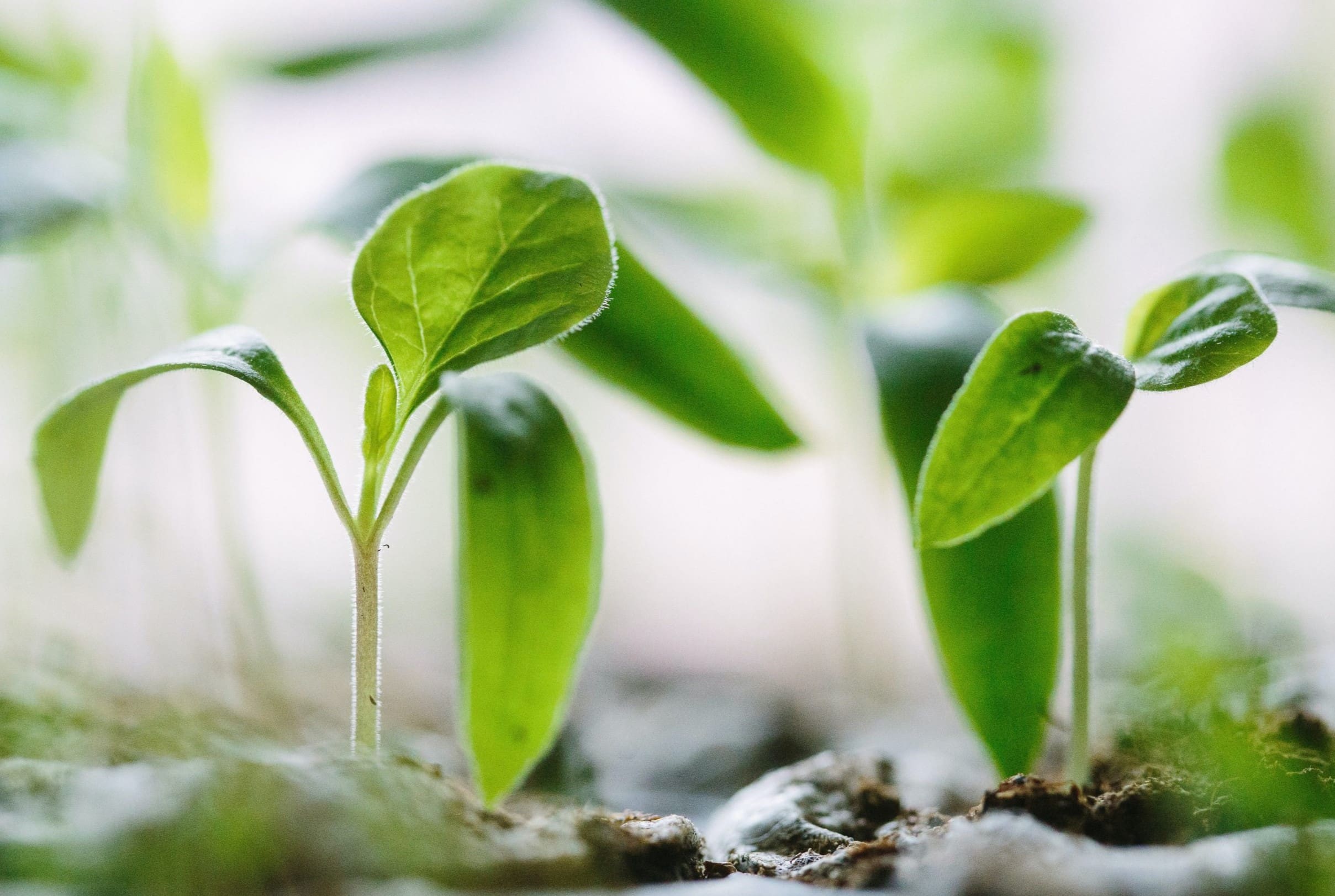
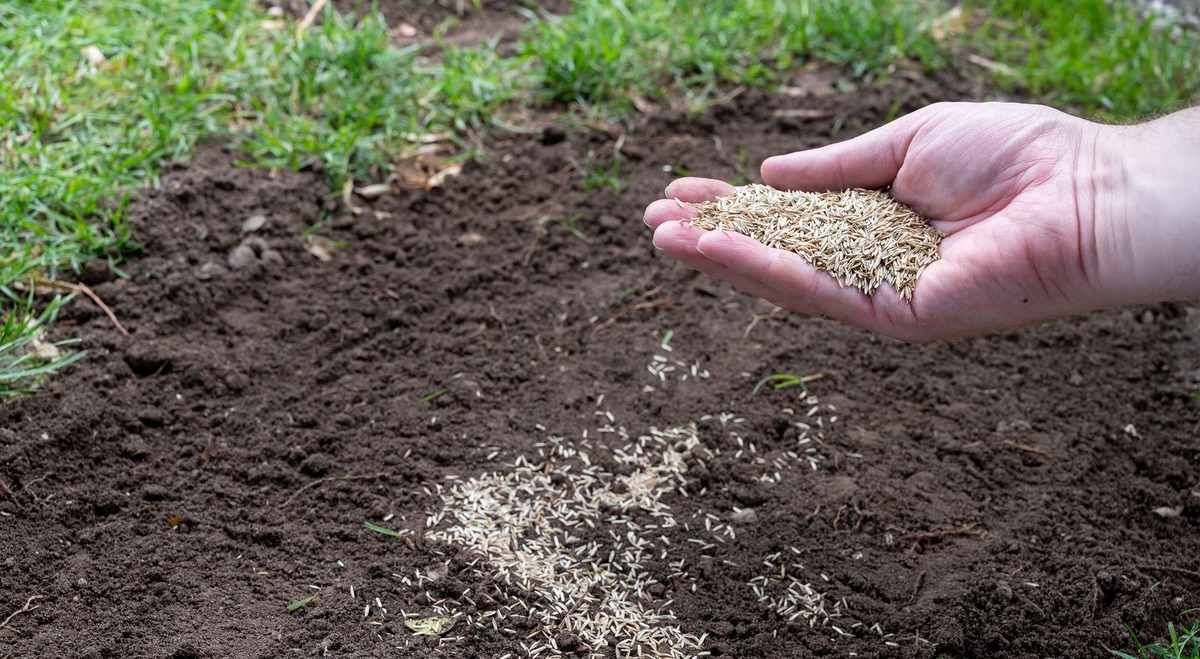
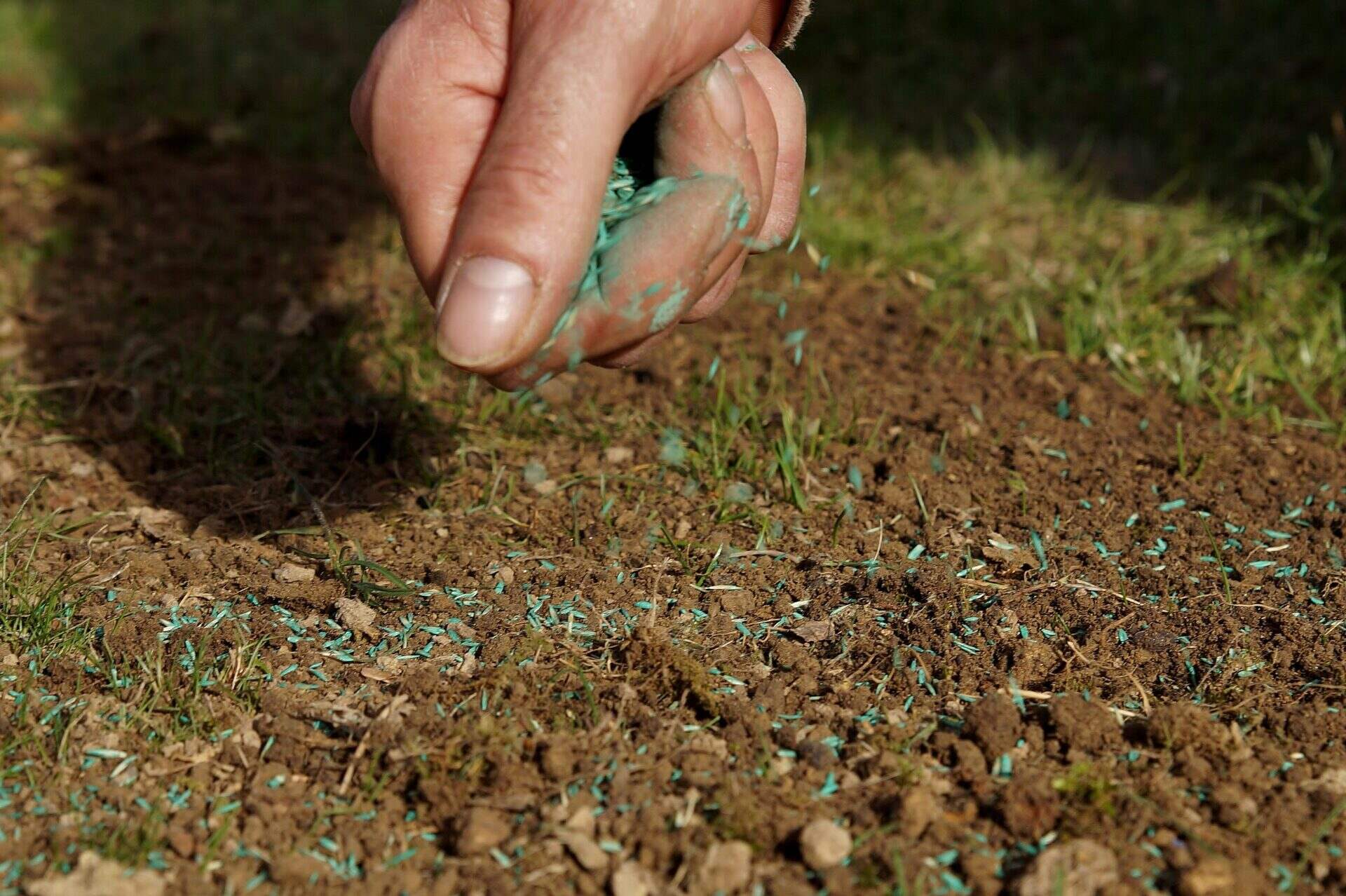
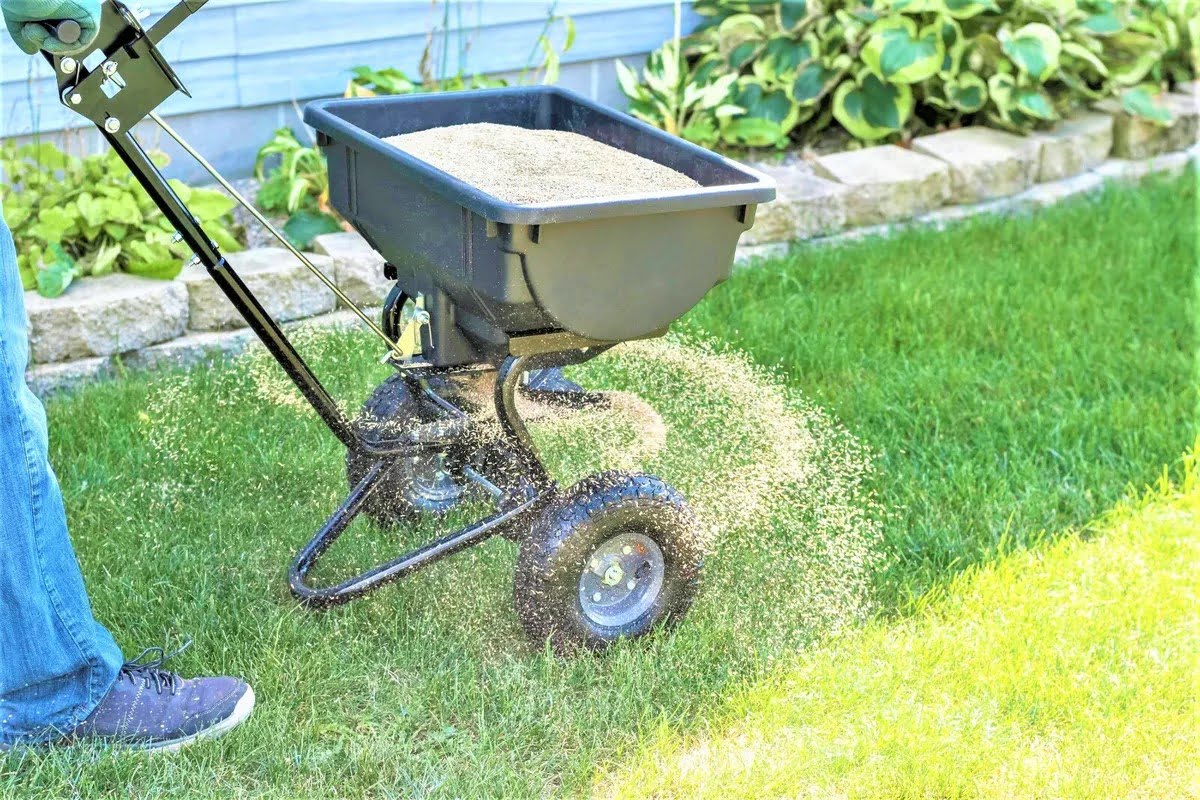

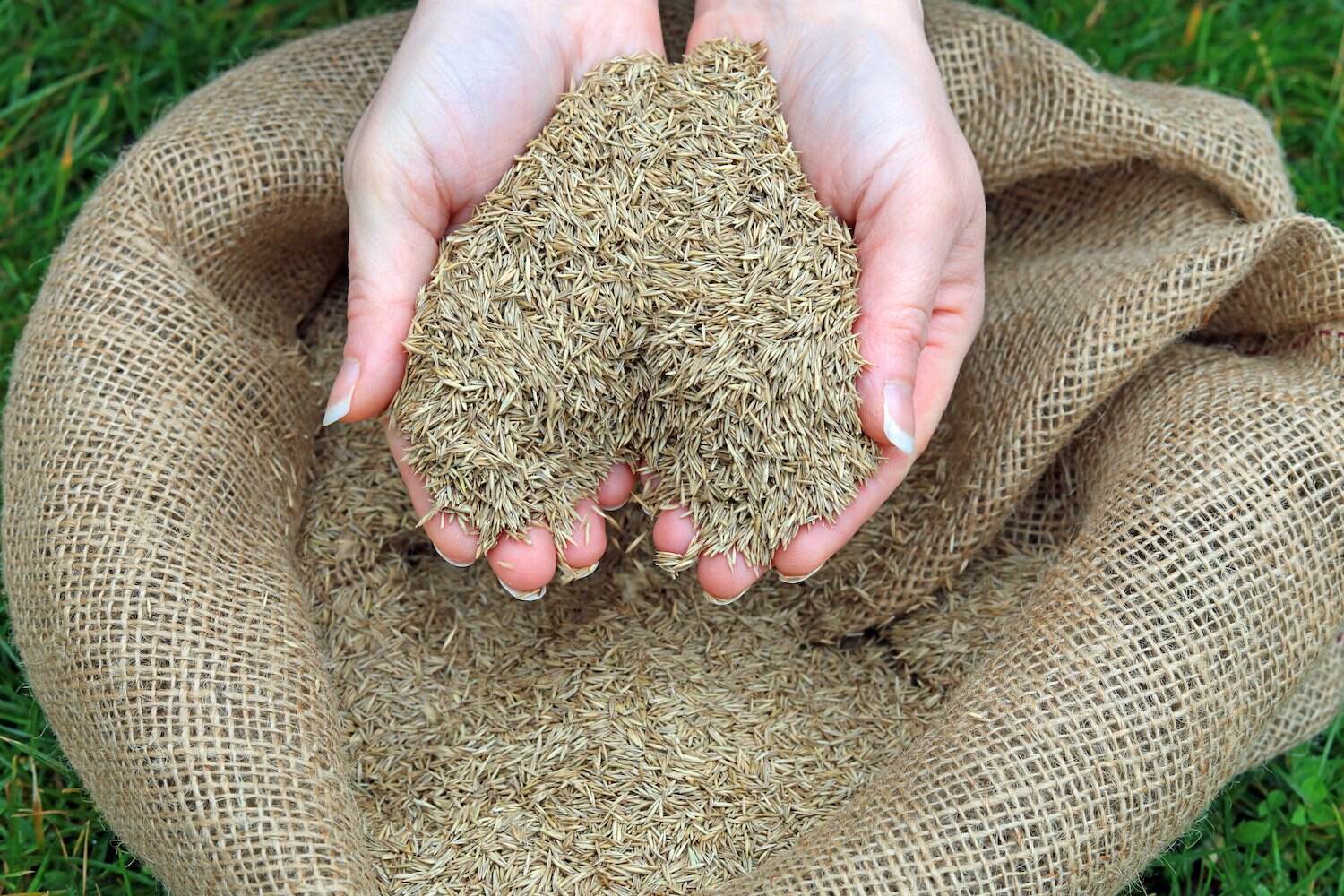
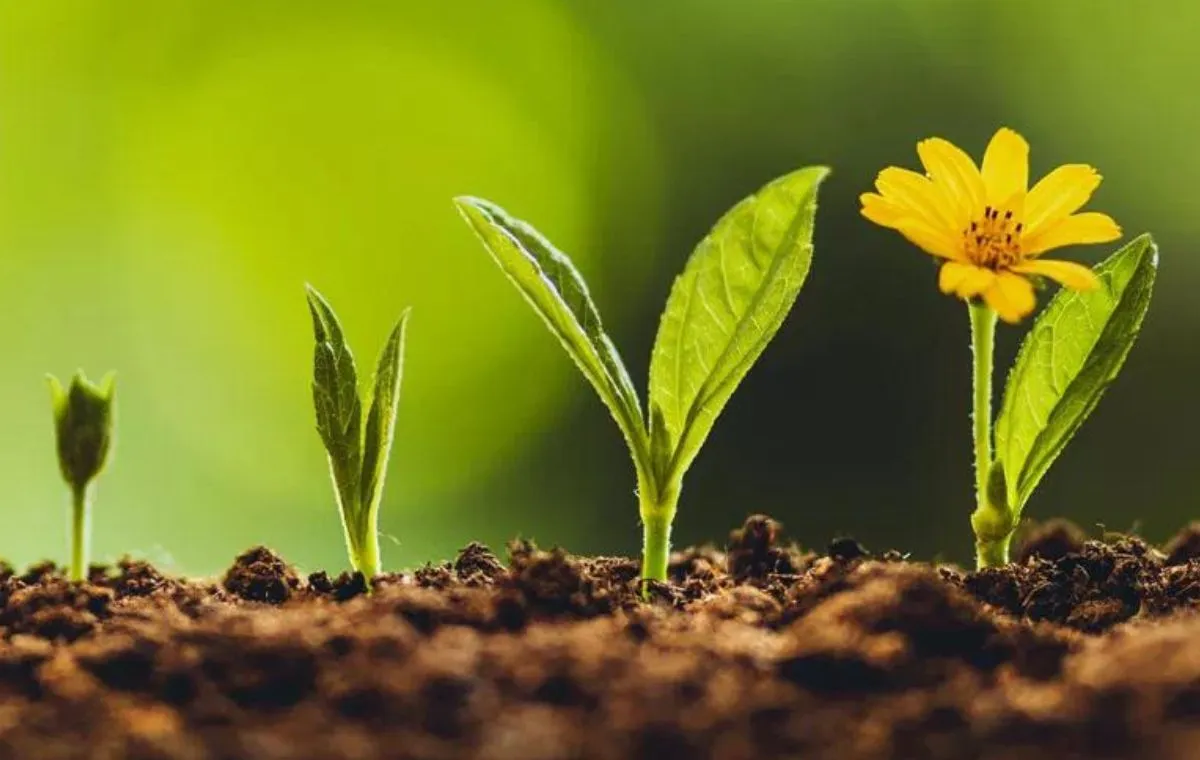
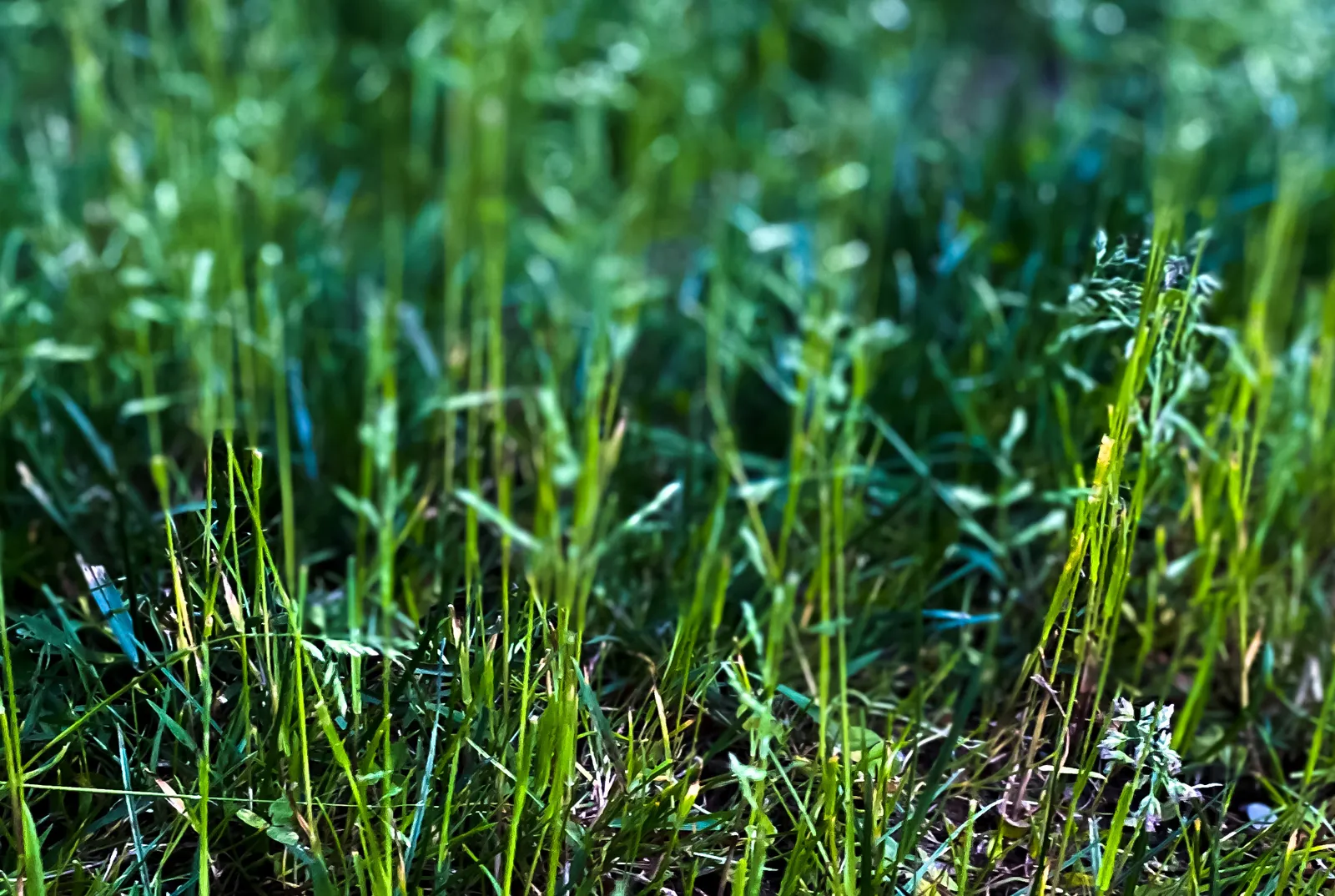
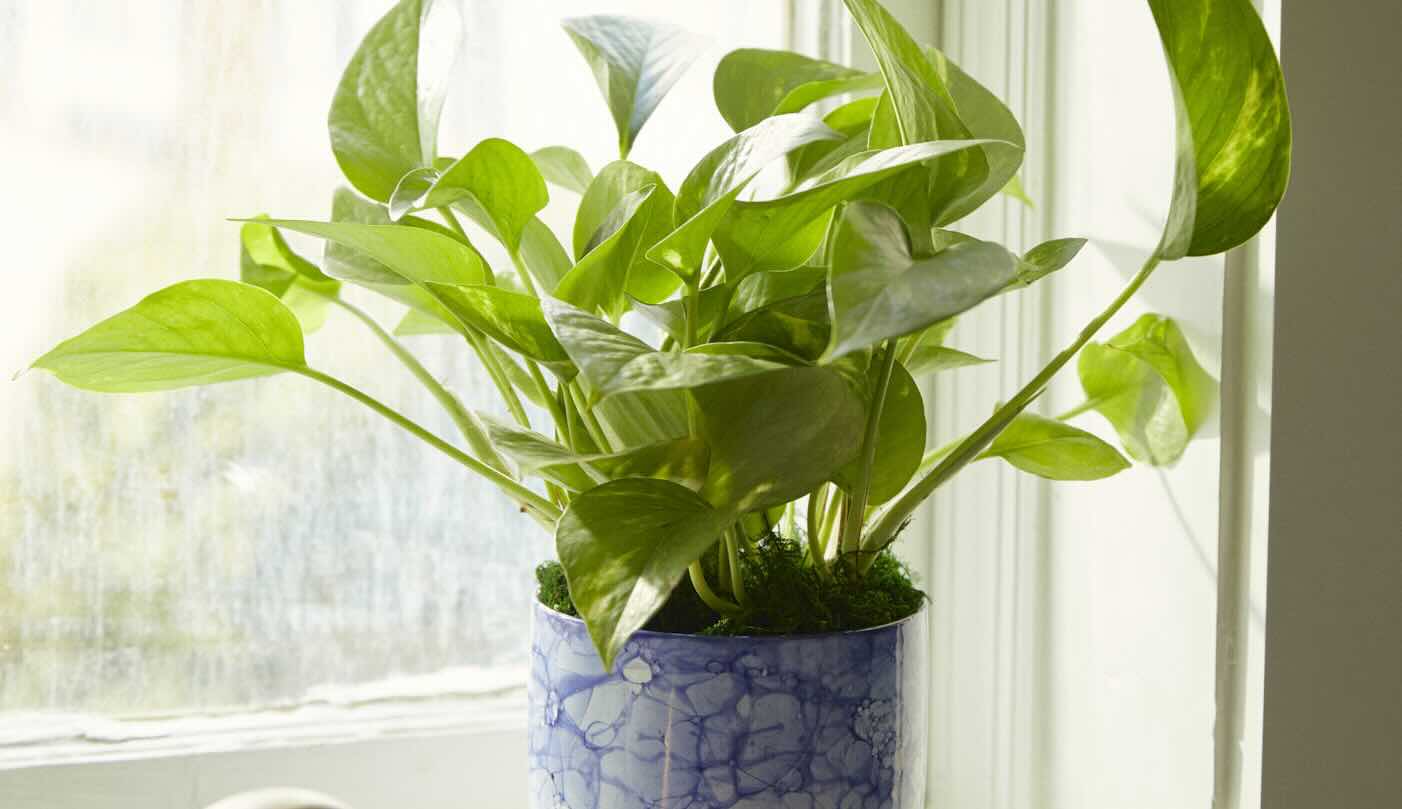
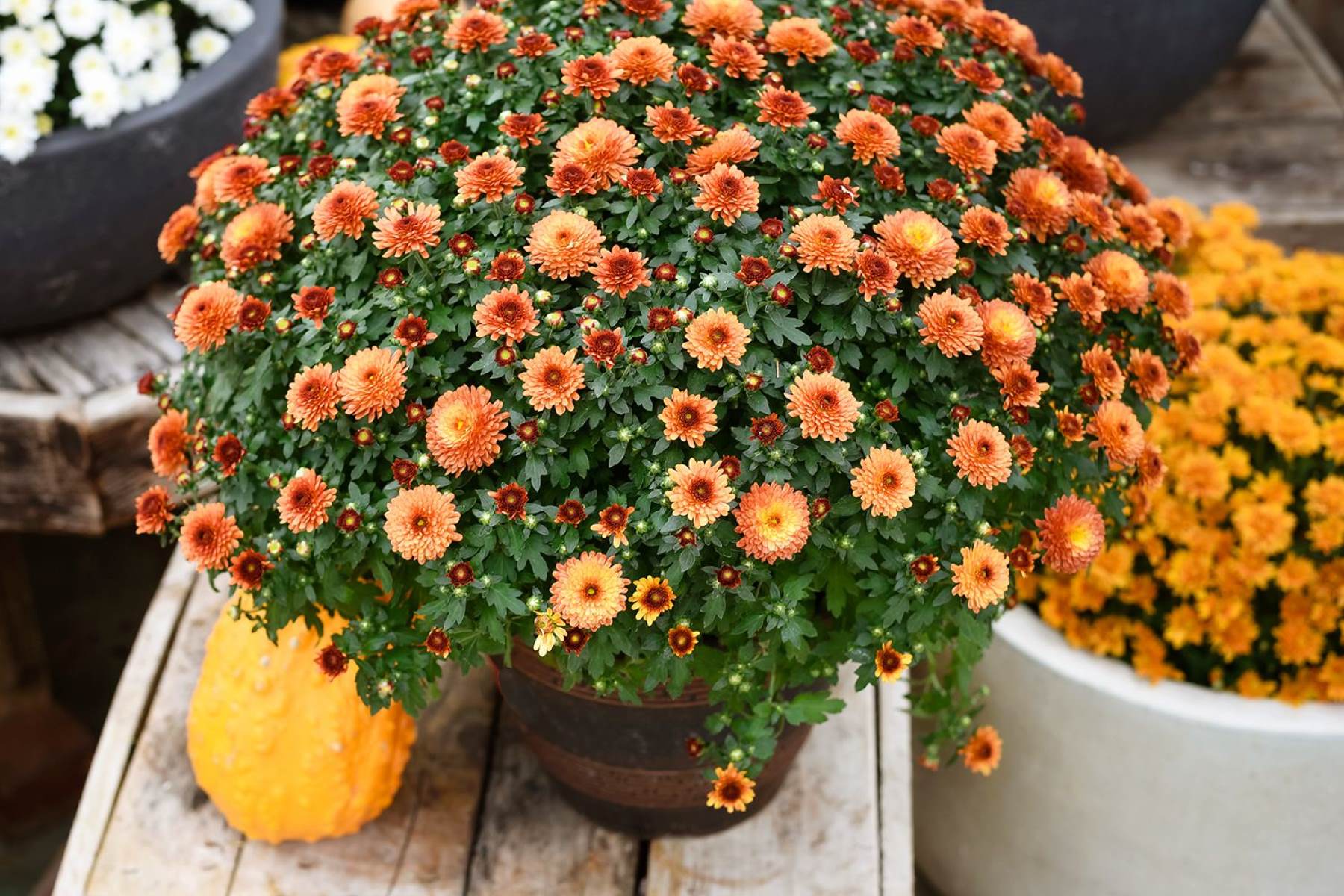




0 thoughts on “When Does The Spring Greenery Come”